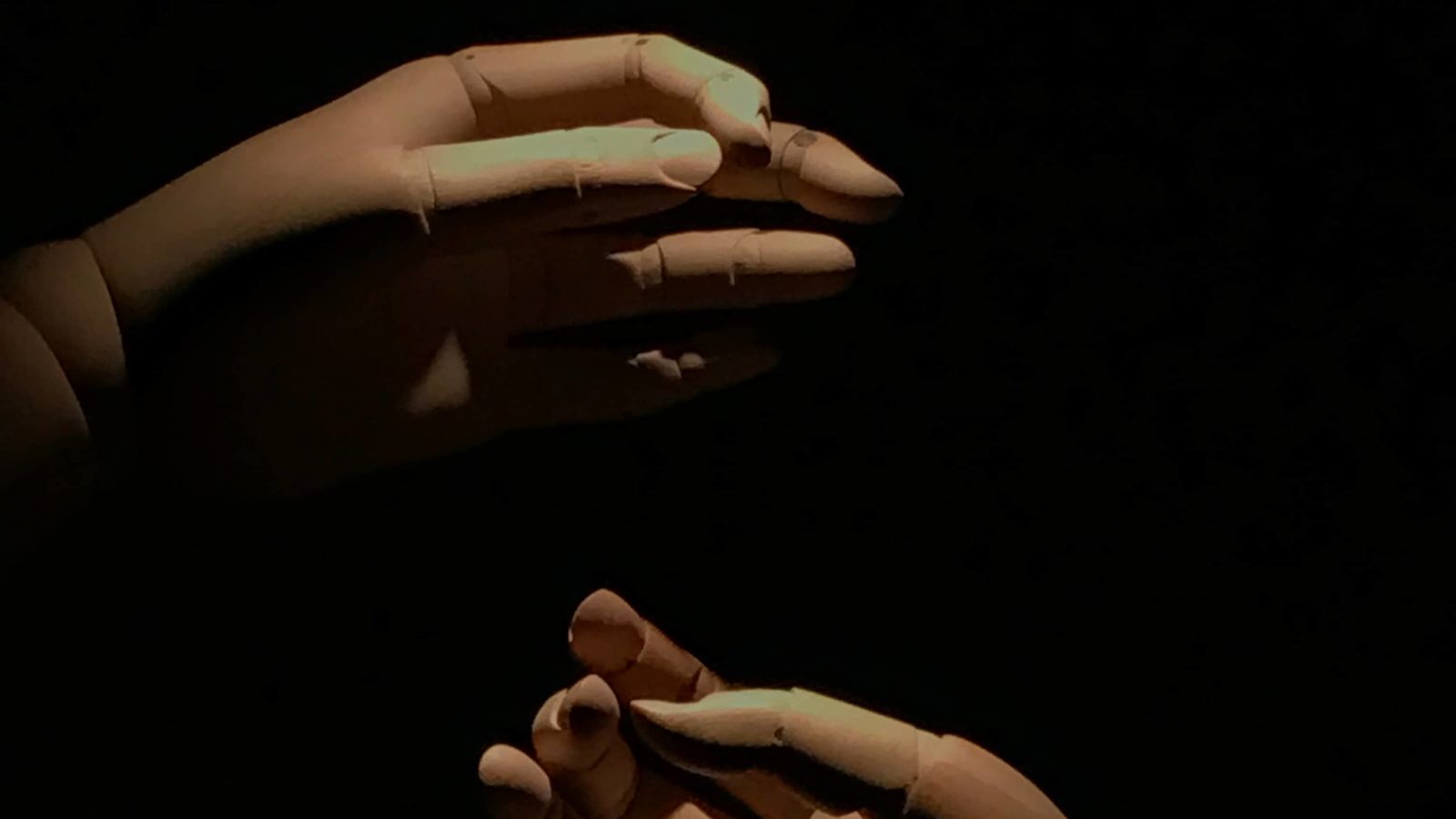In 1971, in ArtNews, art historian Linda Nochlin changed her field and her career with an essay: “Why Have There Been No Great Women Artists?” Nochlin wanted to talk about distribution and reputation. She argued that the mechanisms that taught an artist, offered materials and support and presented the artwork to the rest of the world had been run by men for men for centuries.
She’s right. But in March 2009, Sarah Lees, who was then associate curator of European art at the Clark Art Institute, responded to Nochlin with a question I like better: “Have There Really Been No Great Women Artists?” As we cross International Women’s Day in Women’s History Month, I’m remembering that talk.
Of course there have been great women artists, and many of them have had work shown in the Berkshires. This winter the Manton Center at the Clark has re-opened with an exhibit of early photographers, including Julia Margaret Cameron. In the summer after Lees’ talk, the Clark devoted its main exhibit to Georgia O’Keeffe’s early paintings, and this summer they will bring work by abstract artist Helen Frankenthaler to the Stone Hill Center — large paintings inspired by nature, from the 1950s to the 1990s.
But what contemporary women in the arts do I know? Walking around Mass MoCA this week, I was drawn to the golden light pooling on the hands and faces of the small figures in Elizabeth King’s “Radical Small” exhibit, and I thought about that.
Covering Berkshire museums over the years has introduced me to artists like to Lorna Simpson, who has shown black and white photographs at the Guggenheim, the National Gallery of Art and the MoMA. With light on skin and words on the body, she protests the ways people are bound. At WCMA I’ve seen the work of South African photographer Zanele Muholi celebrating women in love, and U.S. and Moroccan photographer Lalla Essaydi, imagining women who write, who surround themselves and almost float, in calligraphic script.
I have gotten to know work by women in other disciplines too — Edith Wharton; and Nikki Giovanni, winner of the Langston Hughs medal for poetry, who has written at least 30 books; and Tunisian composer, singer and songwriter Emel Mathlouthi, who sang at MCLA after her performance at the Nobel Peace ceremonies in a voice that could lift and fill North Adams…
For a column, I once spent an afternoon researching Edith Piaf, an Algerian-Italian singer from the Paris slums, who became France’s most popular entertainer from the 1930s to 1960s. Her funeral drew more than 100,000 people and stopped traffic in the city. And yet … in one of her best-known songs, Piaf laments, “Je ne suis qu’une fille des ports, une ombre de la rue.” (I am only a woman of the ports, a shadow of the road). A woman of the ports lived in a center of activity and commerce — a center of transmission, the process Nochlin says women have been shut out of. But Piaf’s traveler is unseen.
It is unquestionably true that for more than a thousand years, in many places, the scarcer the materials, the harder it would be for a woman to command them. Few women could readily have found raw marble, or a well-tempered clavier, or a group of singers to test choral arrangements. Some, like Katsushika Ōi, daughter of the Japanese artist Katsushika Hokusai, could work only in the shadow of men — the Clark will present her story in an animated film at Images Cinema this weekend.
Exceptions have always risen. Even in times when writers needed a flock of sheep to produce one book, Teresa of Avila was a best-seller. In the 16th century her writings crossed continents, and influential men wrote delighted responses to them. A marble statue of her greets visitors at the gate of the city of Avila, and a museum dedicated to her there displays letters she wrote in black and red ink. They are not reproductions. Through 400 years of war and inquisition, someone preserved the original sheets of paper. Think how highly they must have been valued.
But for every woman who found a way to show her genius, many more must have run against difficulties in transmission. If a few found their way into open air, despite every obstacle against them, how many more told their stories to their children and their prophetic dreams to their lovers, fed their eye for color on wildflowers and sang to their Gods … and how much have we lost because we never had a chance to hear them?
As Toni Morrison said in “Beloved,” the novel that won her the Nobel Prize in literature, “It’s good to have a woman who’s a friend of your mind.”
The photo at the top shows a detail from Elizabeth King’s exhibit, ‘Radical Small,’ at Mass MoCA. (Photo by Kate Abbott.) This post is adapted from a By the Way column in Berkshires Week from my time as editor of the magazine, in March 12, 2009.

